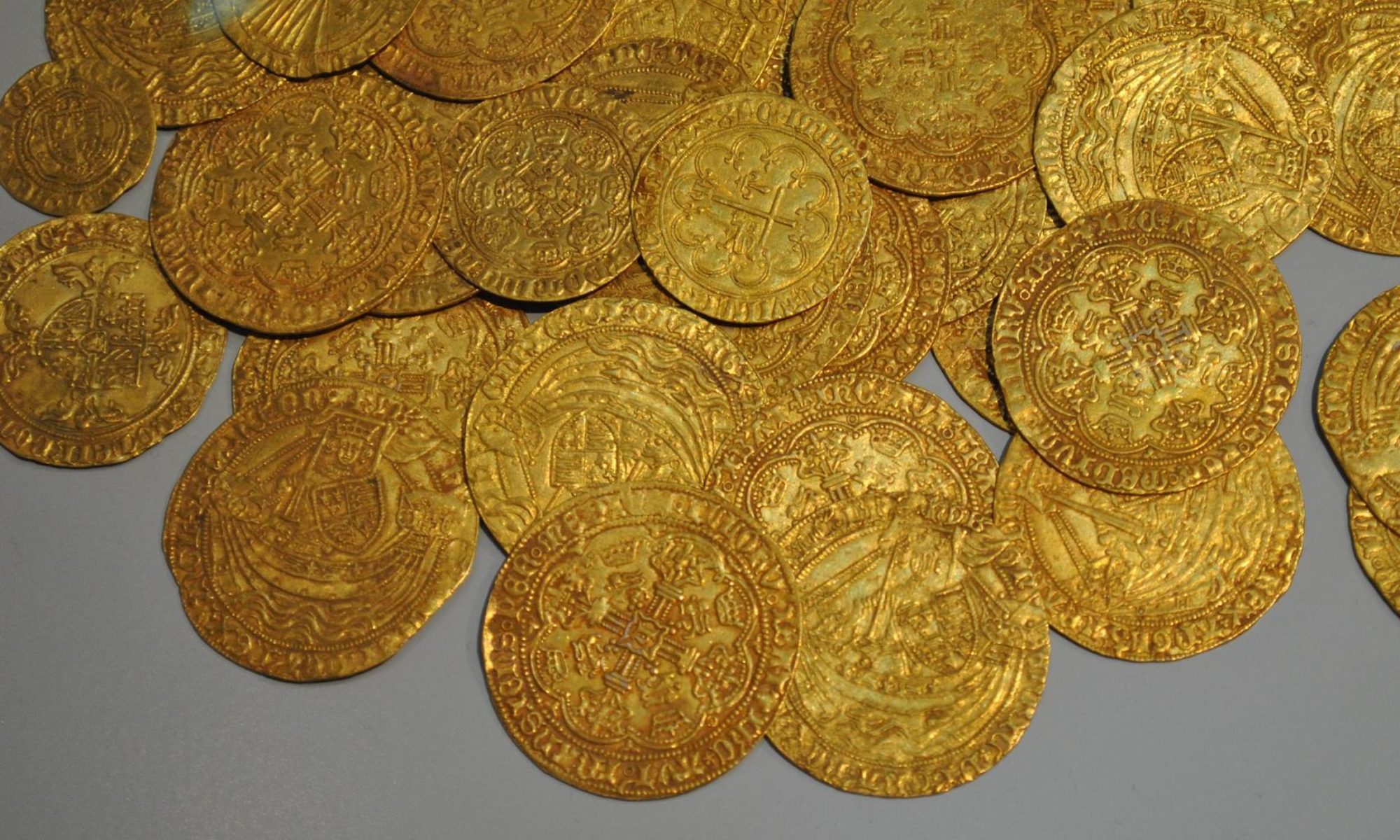At the very beginning of Gold, Silver and Freedom, there’s a whole chapter related to the similarities between now and the Roman Empire. No better example could exist than the presidential inauguration of 2021, Hail Caesar! As president Joseph Biden steps forth to receive his crown of thorns and lead the United States of America into a new era.
A closer look at the imperial crowning would’ve revealed greater symbology however. Looking behind the architecture of the doric columns we should be in no doubt who the real leader was at that inauguration. Hidden in plain sight, those in the know would have recognised the symbol instantly. Kamala Harris, decked out in Purple, the true colour of the ancient elite.
Therefore, we shouldn’t be surprised about what happens next. In fact, Biden himself has hinted at it several times. He’ll step down due to ill health, or worse and hand over to his deputy. Then, a woman so disliked that she could only get a few percent of Democratic party support in her own bid to become presidential candidate, will have the pathway to become president of the most militarily powerful nation in the world.
As a child, I collected stamps and the Victorian / Edwardian Britsh Empire ones were of special appeal. This was when I first encountered the colour Tyrian Purple, without even realising it’s ancient origins and symbolism. A cursory look online reveals the array of imperial stamps issued in that colour, signifying power to the subconcious of the imperial subjects, even if they don’t realise it as they write their letters. Well, why was the 2d Tyrian purple even priced in d, the lowest British currency denomination is pence? Again, denarius, the ancient silver coin of the Roman Empire. It’s all there when you look closely enough. I don’t claim to even scratch the surface of what else is hidden in plain sight.
To further prepare us for this, the BBC posted this story the other day, about how the royal dye has been discovered by Israeli archaeologists. Are you really telling me they had never, ever found a fragment before? A part of me even expects a follow-up story in a few months, where they find the royal dye is the exact same hue as that worn by Kamala herself during the inauguration. A further sign to those in the know who their new leader is, perhaps? Specualtion aside, the other interesting aspect of this story was how they never once referred to it by it’s true name. Tyrian Purple. Why?
I fear this new imperial reign will not end well. Not because I support any political party, but rather because I don’t and circumventing democracy itself is another theme explored in the chapter From Democracy to Corporatocracy. What could circumvent it more than sneaking in a candidate who would never have been voted in by the electorate? Worse, and once again we end with a question, the main one of all, why?










